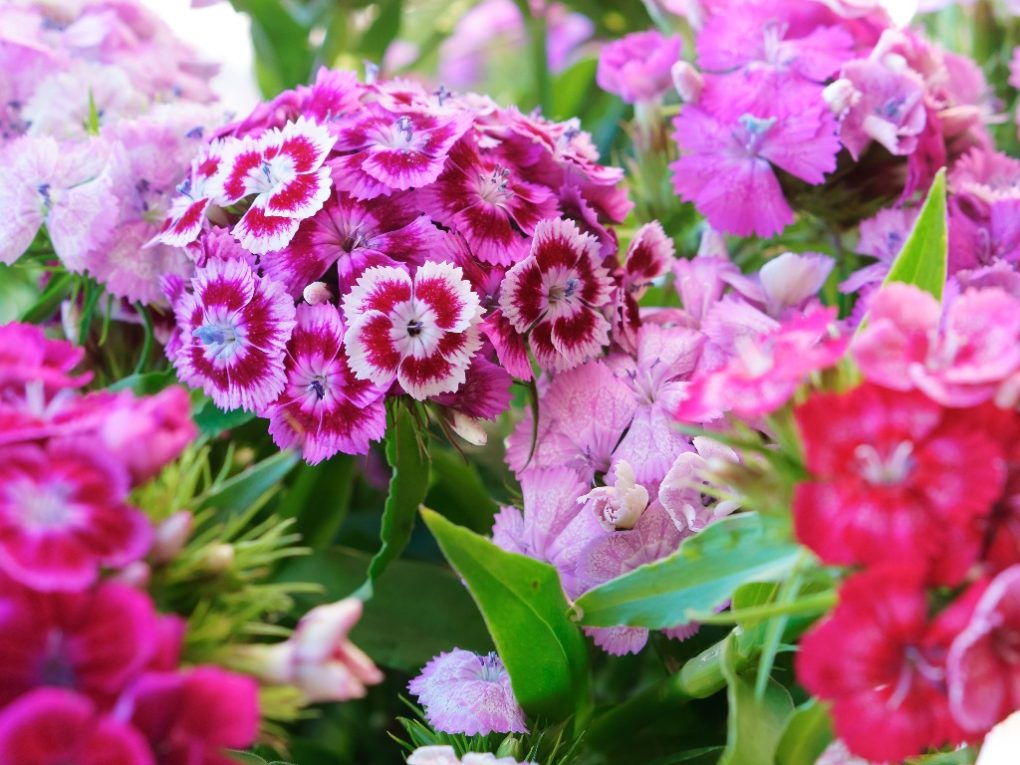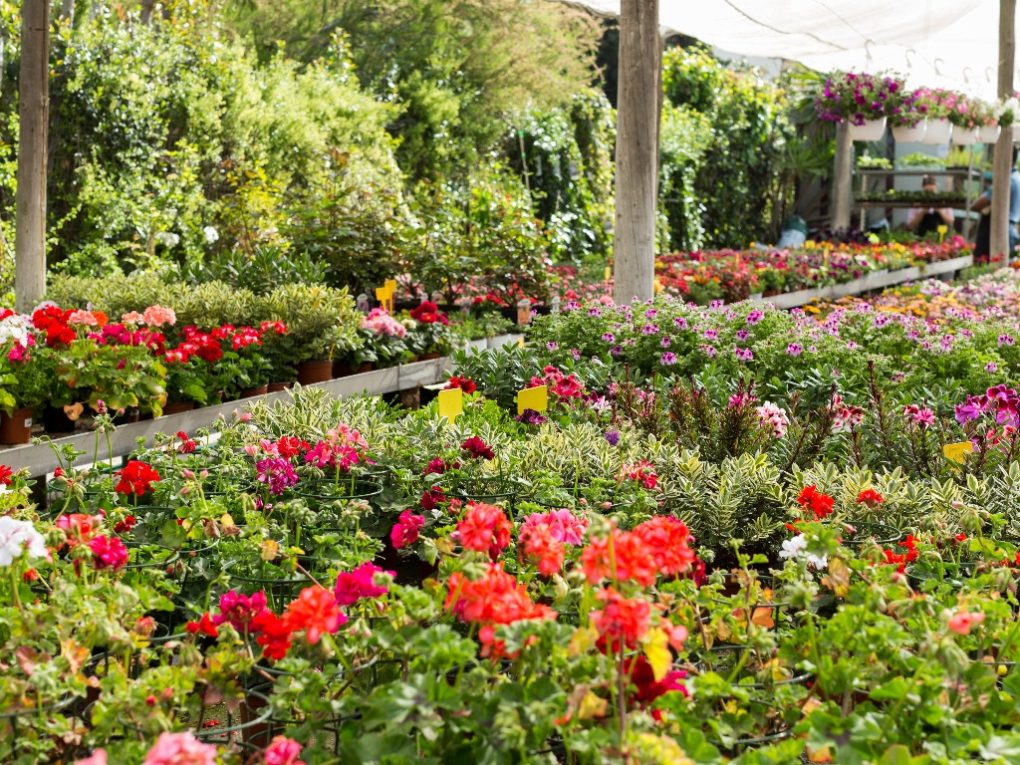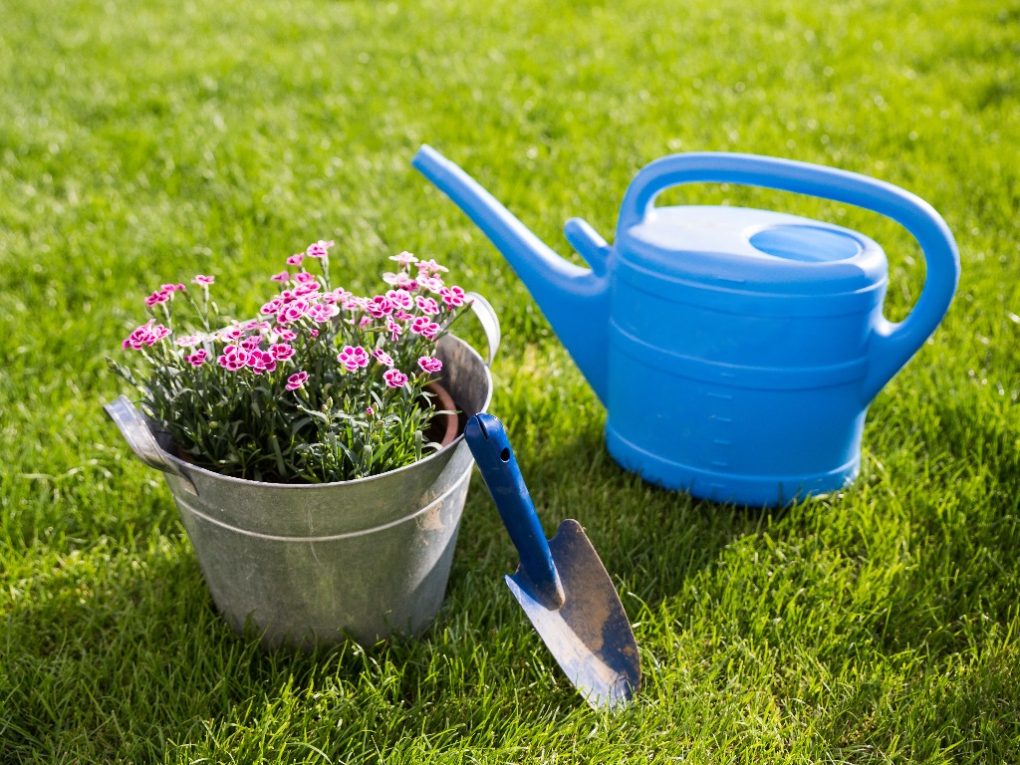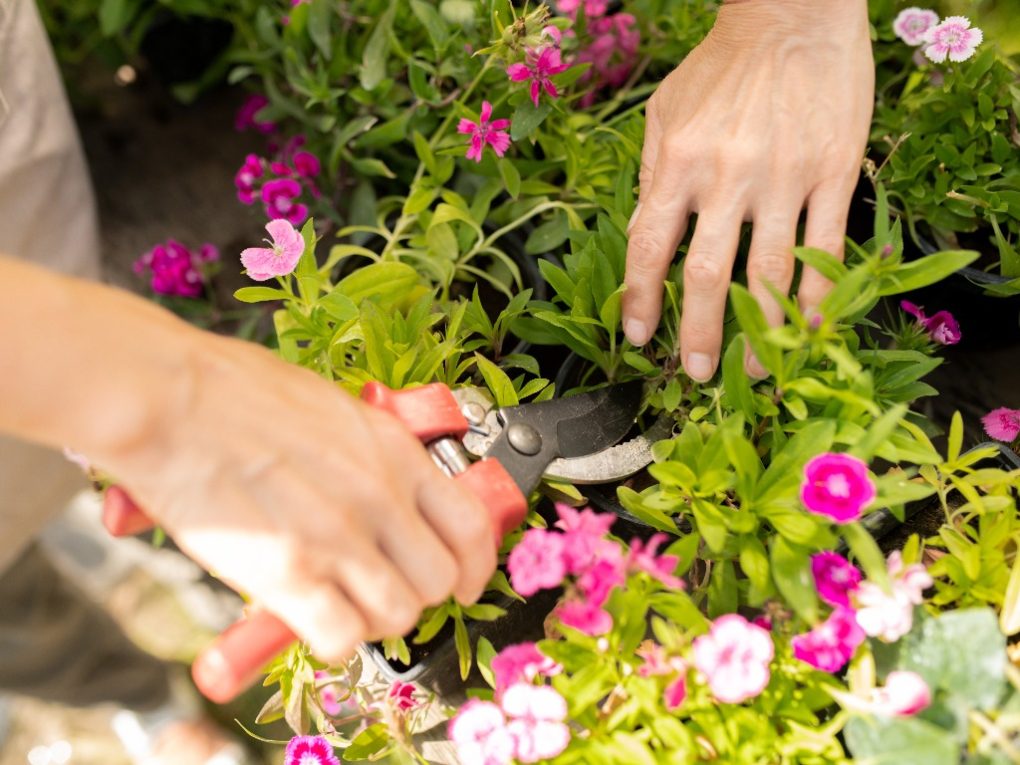Do Carnations Come Back Every Year: A Guide to Perennial and Annual Carnations
Yes, carnations can return year after year with proper care because most are perennials. While most carnations are perennials, it is important to note that not all carnation varieties are created equal. Some cultivars are hardier than others and may be better suited for certain climates or growing conditions.

Even the most resilient carnations may not survive extreme weather conditions or neglectful care. Also, some carnations are annuals rather than perennials, meaning they will not grow back from the same plant after the blooming season.
Table of Contents
Annual vs. Perennial Carnations
The most significant difference between annual and perennial carnations is their life cycle. Annual carnations complete their life cycle in one growing season and die after blooming. Perennial carnations, on the other hand, live for multiple growing seasons, and they can continue to bloom year after year.
Annual carnations are usually grown from seeds, while perennial carnations can be propagated from seeds, cuttings, or divisions. Annual carnations are often used as bedding plants or in containers.
Perennial carnations, on the other hand, are often used in borders or as cut flowers. When it comes to growing carnations, it’s important to know what type of carnation you have. If you have annual carnations, you will need to replant them every year. If you have perennial carnations, you can enjoy them year after year with proper care and maintenance.
| Annual Carnations | Perennial Carnations |
| Grown from seeds | Can be grown from seeds, cuttings, or divisions |
| Bloom for one season | Bloom year after year |
| Often used as bedding plants or in containers | Often used in borders or as cut flowers |
Annual carnations need to be replanted yearly, while perennial carnations can bloom year after year with proper care and maintenance. Understanding the difference between the two types of carnations can help you choose the right plants for your garden and ensure their long-term success.
Factors That Affect Carnation Growth
Climate and Temperature
Carnations grow best in moderate temperatures ranging from 18°C to 22°C. If the temperature falls below or above this range, the plant’s growth may be stunted, and the flowers may not develop properly.
In my experience, this plant prefers moderate to high levels of humidity. If the air is too dry, the plant may not be able to absorb enough moisture, which can affect its growth and development. Carnations require regular watering, but they do not tolerate waterlogged soil. Excessive rainfall can lead to root rot and other diseases, stunting plant growth.

Carnations require plenty of light to grow and develop properly. Lack of sunlight can lead to weak stems, pale flowers, and stunted growth. Also, carnations are sensitive to frost and can be damaged or killed if exposed to freezing temperatures.
Soil and Watering
Carnations thrive in soil with the necessary nutrients and a stable root system. Proper watering is also essential to maintain the right moisture level in the soil and prevent the plant from becoming waterlogged or dehydrated.
Carnations grow best in well-draining, sandy loam soil rich in organic matter. This soil type provides the plant with nutrients, aeration, and drainage to develop healthy roots and foliage. Heavy clay soils can hold too much moisture and lead to waterlogging, damaging the plant’s roots and stunting its growth.
The soil pH is another critical factor that affects carnation growth. Carnations prefer soil with a pH of 5.5 to 6.5. The soil’s pH level affects the plant’s ability to absorb nutrients, and if it is too acidic or alkaline, the plant may not be able to take up the necessary nutrients for growth and development.
Carnations require essential nutrients, such as nitrogen, phosphorus, and potassium, for healthy growth and flowering. The soil should contain the right balance of these nutrients, and if the soil lacks any essential nutrients, it can be supplemented with fertilizers.

Carnations require regular watering to maintain healthy growth and flowering. Watering frequency depends on various factors, such as the soil type, weather conditions, and growth stage.
Overwatering can lead to waterlogged soil, which can damage the roots and cause the plant to wilt. On the other hand, underwatering can lead to dehydration and cause the plant to wilt and die. The quality of water used for irrigation is also essential for carnation growth. Carnations prefer water that is low in salts and other chemicals, which can damage the plant’s roots and foliage.
Fertilization and Pruning
Proper fertilization provides the plant with essential nutrients necessary for healthy growth and flowering, while pruning helps to maintain the plant’s shape, increase flower production, and prevent disease.
Carnations require regular fertilization to maintain healthy growth and flowering. In addition, fertilizers provide essential nutrients such as nitrogen, phosphorus, and potassium necessary for plant growth.
The fertilization requirements may vary depending on the soil type, growing conditions, and growth stage. For example, overfertilization can lead to nutrient burn, while under-fertilization can cause stunted growth and poor flower production.
Pruning is the process of removing dead, damaged, or diseased plant parts, which helps to promote healthy growth and flowering. Pruning also helps to maintain the plant’s shape, prevent disease, and increase flower production. Pruning should be done regularly to remove dead or yellow leaves, faded flowers, and stems, especially during the growing season.

The timing of fertilization and pruning is critical to the health and growth of carnations. Fertilization should be done during the growing season, and the frequency may vary depending on the fertilizer type and soil type. Pruning should be done after and during the growing season to promote healthy growth and flowering.
Different types of fertilizers are available, such as organic and synthetic fertilizers. Organic fertilizers are derived from natural sources, such as compost and animal manure, and slowly release nutrients over time.
On the other hand, synthetic fertilizers quickly release nutrients and are often more concentrated than organic fertilizers. Therefore, the type of fertilizer used may depend on the soil type and growing conditions.
The technique used for pruning can also influence the growth and development of carnations. Pruning should be done using sharp, clean tools to prevent damage to the plant. Different pruning techniques, such as pinch, disbudding, and selective pruning, can increase flower production and maintain the plant’s shape.
